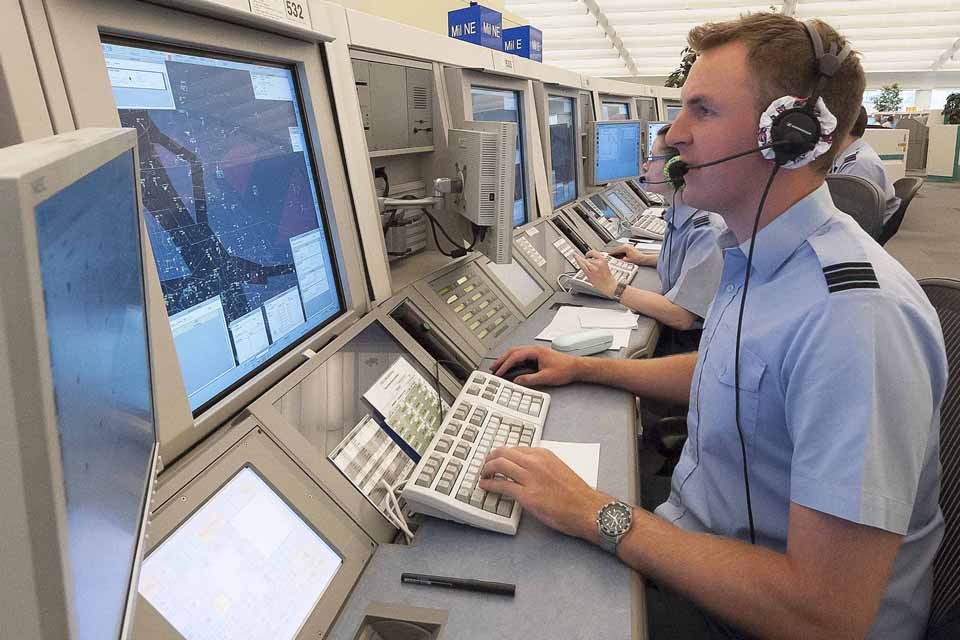First flights for Global Hawk over the UK
The United States Air Force remotely-piloted aircraft has flown in UK airspace for the first time.

United States Air Force Global Hawk remotely-piloted aircraft in flight (library image) [Picture: Courtesy US Air Force]
The aircraft flew from an air base in the Mediterranean and across several European countries, including the UK, as part of a NATO trial known as Unified Vision 2014.
The flights aim to assist the development of the NATO Alliance Ground Surveillance (AGS) system, which is expected to become operational with 5 Global Hawks. Being able to route remotely-piloted aircraft, such as Global Hawk, through European airspace is fundamental to the NATO AGS system.
The trial comes ahead of the NATO Summit in September, where world leaders will gather in Wales to discuss issues of huge importance: terrorism, piracy, unstable states, cyber attacks and the challenge of building stability in an unpredictable world. It will focus on ensuring all NATO nations have the equipment, skills and intelligence needed to protect themselves.
The summit in Wales will also restate the important message that the interests of the free world and its peoples continue to be better protected by working closely together.
This message is echoed in Unified Vision 2014, which is NATO’s biggest ever trial of joint intelligence, surveillance and reconnaissance, comprising satellites, aircraft, unmanned aerial vehicles, naval vessels, ground sensors and human intelligence from 18 NATO allies.

Royal Air Force controllers working at the London Area air traffic control centre (stock image) [Picture: Crown copyright]
The Global Hawk’s flights took place in controlled and segregated airspace at heights of approximately 50,000 feet, well above the cruising altitude of commercial airliners, following well-established UK Civil Aviation Authority measures commonly put in place for military exercises.
Although the segregated airspace was only temporarily put in place, the flights made a useful contribution to understanding how remotely-piloted air systems (RPAS) can be safely integrated within the existing aviation framework.
Air Vice Marshal Phil Osborn, Director Capability Joint Forces Command and Ministry of Defence spokesman on unmanned air systems, said:
It is good to see existing airspace procedures enabling the seamless integration of remotely-piloted air systems, such as the unarmed Global Hawk aircraft, within European airspace. This trial will have helped with the development of the NATO Alliance Ground Surveillance system and the future airspace integration of RPAS.